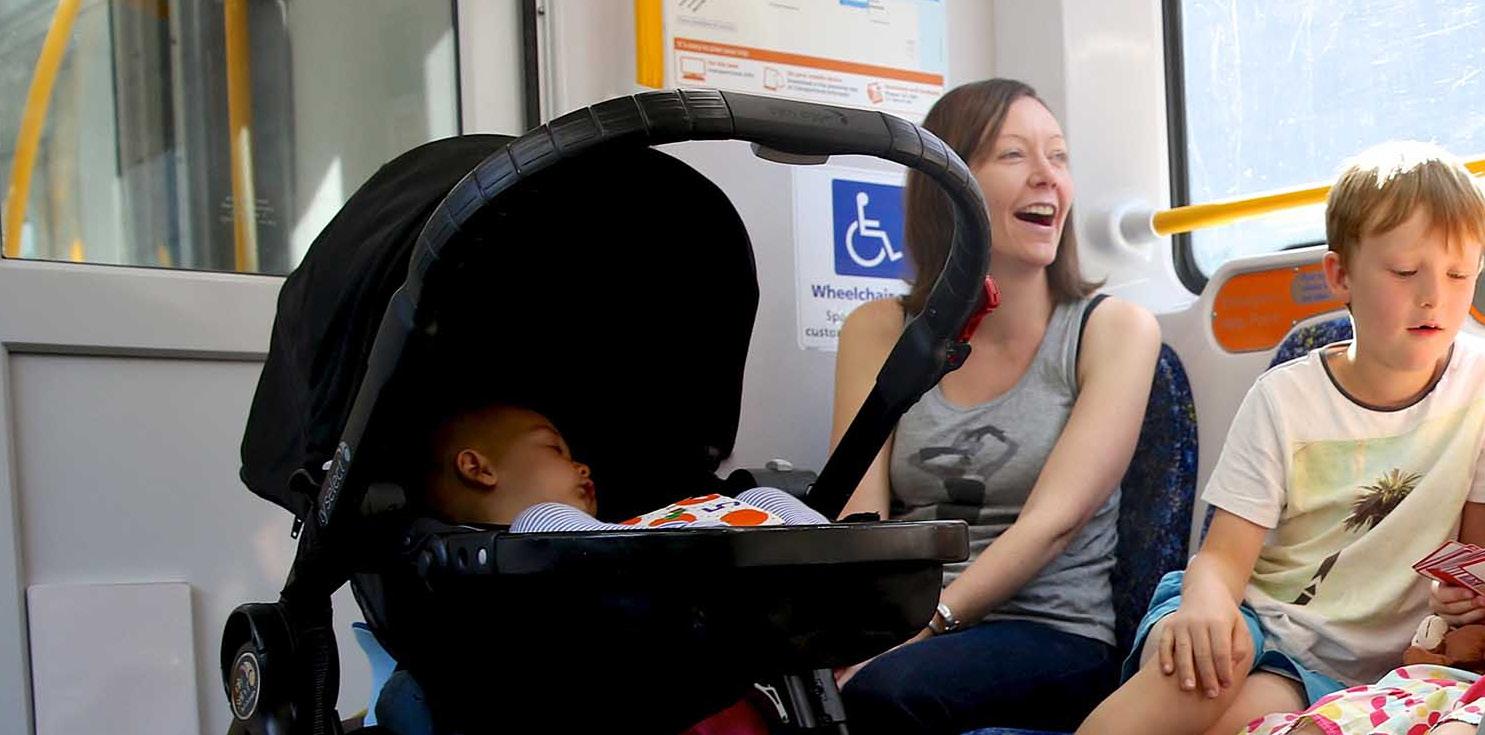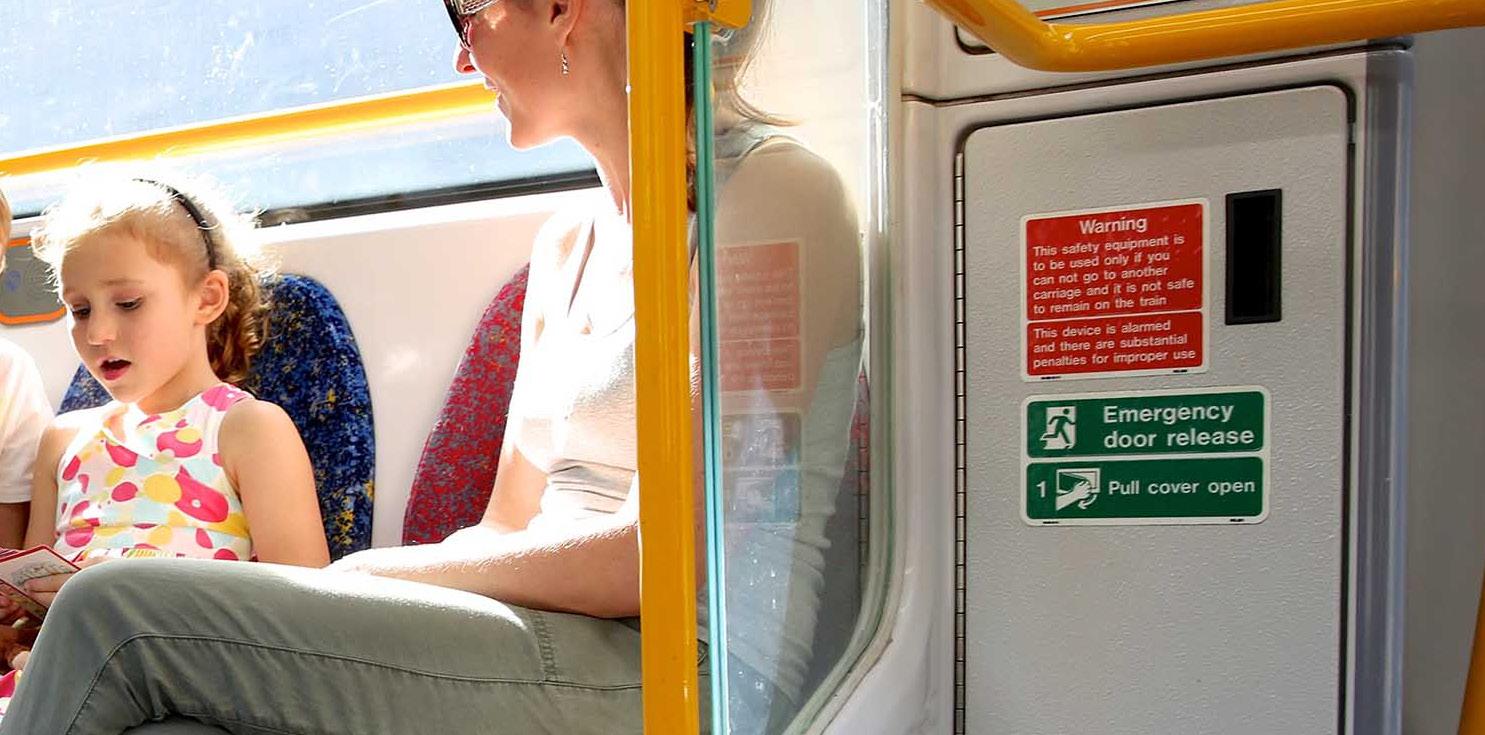
4 minute read
Filling the Gap
Data collection is rarely unbiased, especially if it covers topics of gender (Temin and Roca, 2016). Many societies
do not have enough representation of the needs and rights of women (Criado-Perez,
Advertisement
2019). Whether it is data on how to treat
heart attacks, car-crash dummy reactions or the way smartphones are used - the world is designed for men because the world sees men as the default human. A study done in Romania asked young school children in grades 3-5 to draw a scientist (Thomson et al., 2019). The results
concluded that no matter the gender of the child, they envisioned a white male scientist (Thomson et al.). This is a brief
example of how society depicts men as the default gender for many professions and human experiences. This male bias is built into our everyday lives. Experts need to gain perspectives of minority user groups to provide equitable lifestyles for everyone.
Some of the data needed to fill the gender data gap is already available. Unfortunately, most of the data that does exist is biased towards the experience of men. For example, Spain’s national
urban mobility survey of 2007 categorizes
care work and paid employment trips with a male bias (Madariaga, 2013, p.38).
The data of employment trips are in one category and care work trips into seven categories. To reiterate, men perform more
38
Figure 2.2 A family riding the train with a pram (Transport NSW, n.d.).

paid employment trips and women perform more unpaid care work trips. The survey represents this data as a pie chart giving employment trips the visual hierarchy (Madariaga, p.38). If this bias did not exist
and care work was its own category, it would emphasize the importance since
it would be the larger portion of the chart (Figure 2.3). To provide unbiased
data collection, research must properly categorize care work based on published
data from a reliable survey. According to Madariaga (2013), no such survey has
been conducted.
Increasingly, researchers are trying to acknowledge the needs of women but there
39
Figure 2.3 Spain’s national urban mobility survey

of 2007 (Ashgate, 2013).
is not enough unbiased published data. Women experience unique challenges,
different from men, in their everyday lives
because they are viewed as lesser than in many cultures and societies (Temin
and Roca, 2016). Researchers have to
start using available technology to collect gender data and females’ experiences
while also collecting data through in-person surveys to minimize technology-based
exclusion (Temin and Roca). Our societies
can do better to understand not only how men and women are different, but why they are different.
There are a few ways researchers can collect data to fill the gender data gap. Studies should be performed online and inperson. Collecting data through technology is much easier due to the internet. Most people have some way of accessing the internet; it could be through their mobile
phone, laptop or local public library (Turner
and Grieco, 2006, p.57). This allows
researchers to develop surveys that can efficiently reach a wide variety of subjects. Additionally, in-person surveys and focus groups are equally as important as online methods because not everyone has access to the internet. If researchers only collected online data, they would be missing part of the user group (Turner and Grieco). The
data would only be benefiting the wealthy;
creating a technology gap in perspective. Having in-person focus groups and doorto-door surveys would allow researchers to get an accurate representation of society (Temin and Roca, 2016). A combination
of these two methods would increase the chances of providing data that benefits everyone.
Either of these methods of collecting data can be used to gain perspective on the experiences of women. This can help experts create equitable transit systems. For example, new data is required to understand an individual’s movements and
needs while performing care work in transit settings (Turner and Grieco, 2006, p.54).
This data can encourage gender inclusivity in transportation and dictate the distribution of essential services (Temin and Roca,
2016).
This survey should contain specific and precise questions that accurately distinguish care work “ trips from leisure and employment trips (Madariaga, 2013, p.38).
It should also collect data on trips that are made on foot within fifteen minutes of walking and trips that are one kilometre or less (Madariaga). Lastly, the survey
should include questions that accurately depict trip-chaining patterns such as the mode of transportation for each segment, each destination and the time for each stop (Madariaga). If researchers can collect
40
high-quality data within these guidelines, experts will be equipped to provide services that are inclusive of the needs of care workers. To reduce the male bias that exists in our communities, we have to acknowledge and gain the perspective of women. Researchers and specialists have to start considering the needs of women in all aspects of society.
In terms of public transit, a female’s
experience of childcare work needs to be understood to know how to designate local services. A woman’s perception of
safety needs to be acknowledged through equitable transit design. In general, the way women travel and inhabit cities must be represented through data collection and unbiased design choices. Ultimately, filling the gender data gap is one of the first steps to successfully achieving equitable transit systems.
41










